At ResMed, our mission is to improve the quality of your patient’s life.
Providing your patient’s with effective treatment is important to us; but we also value their comfort during therapy. Our focus on continuous innovation allows us to push the boundaries to give you smaller, quieter and more comfortable ventilators that respond to your patients’ individual needs.
Learn more about all the different technologies that feature in various ventilators across our range.
To achieve patient-ventilator synchronisation, you can customise the beginning and end of each inspiration with ResMed's trigger and cycle technology.
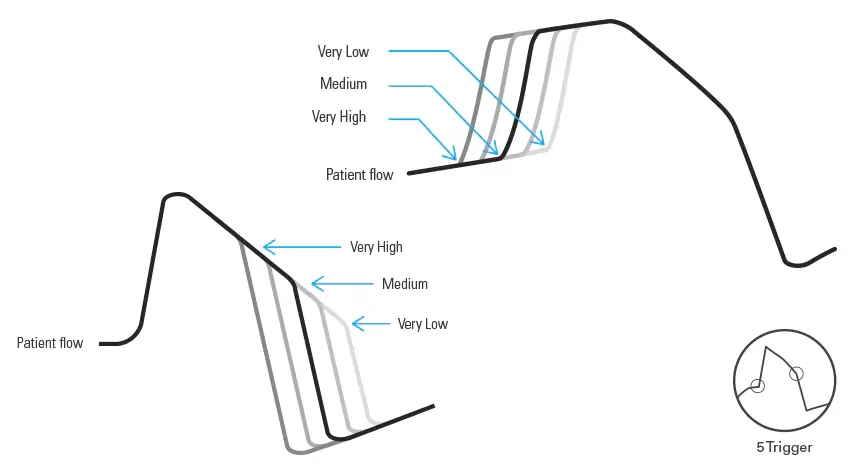
Exclusive to ResMed, iVAPS is a volume assured therapy mode that targets alveolar ventilation by automatically adjusting pressure support. Easy to set up, iVAPS with iBR helps to accommodate changes in your patient’s respiratory rate to consistently meet the required ventilation target.
iVAPs technology is available in Lumis 150 ST and Lumis 150 ST-A devices.
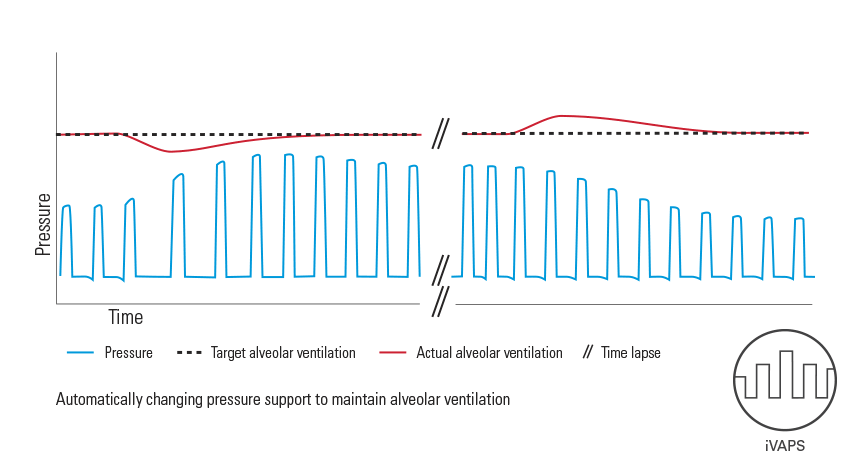
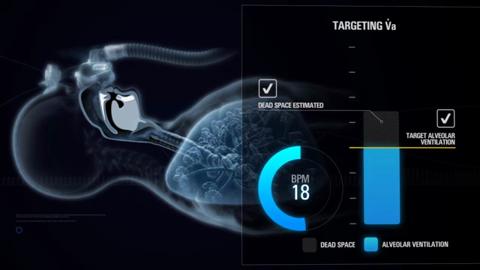
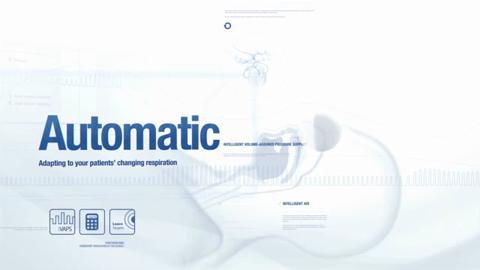
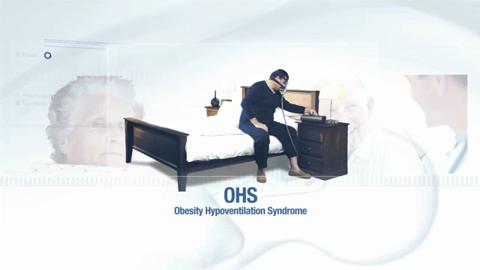
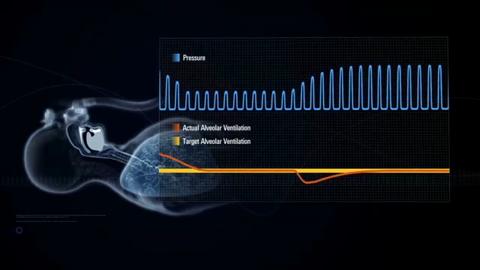
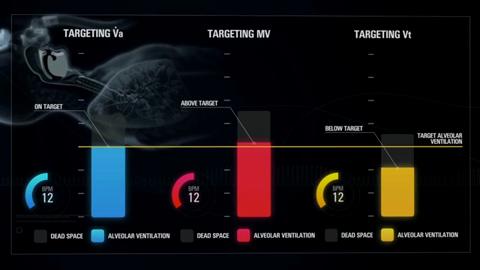
ResMed's therapy solutions offer a range of intelligent leak management technologies.
These features work together to minimise, monitor and compensate for leak and maintain patient-ventilator synchrony, which is the key to effective noninvasive ventilation.
Learn circuit is an important feature as it evaluates and compensates for resistance in the circuit to optimise ventilation and is designed to deliver the correct mask pressure.
ResMed's therapy solutions are designed to overcome resistance in various ways, depending on the ventilator, either through automatic tests such as Learn Circuit, or manual selection of circuit options through the ventilator menu.
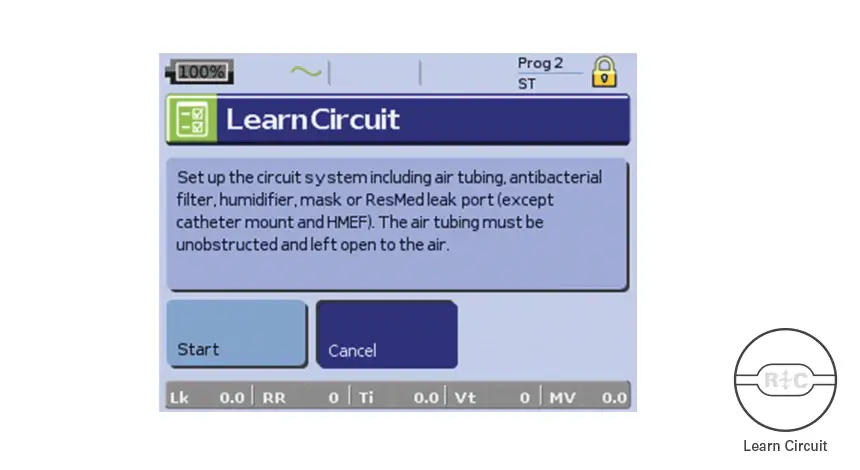
Vsync is a leak management algorithm and the product of ResMed’s extensive experience in NIV. Vsync monitors and compensates for unintentional mask leak, so that patients receive their prescribed therapy pressure. Working in sync with TiControl, Vsync ensures reliable breath detection even in conditions of high leak.
When Vsync detects a sudden and large change in flow, the usual 10 second window in which the device scans for leak, is rapidly reduced to a 2 second window. This allows for rapid resynchronisation of ventilator flow to help compensate.
Once the ventilator has adjusted and once again synchronised with the patient’s respiratory demand, the window period is quickly moved back to its default 10 second value.
Without Vsync, the outcome would be different. The increased flow from a leak can be misinterpreted as patient inhalation, causing the ventilator to mistrigger from EPAP to IPAP, and fall out of sync with the patient's actual effort. It can also diminish the ventilator's ability to cycle the breath.
Vsync works closely with the TiControl feature to further maintain patient synchronisation, even during instances of large leak. TiControl allows you to manage your patient's inspiratory time limit according to their pathology. For challenging respiratory conditions, TiControl allows you to manage spontaneous flow, letting you set your patient's ideal levels.
With its Ti Min and Max settings, you can be assured that TiControl helps to ensure your patient is breathing at the desired pace.
Even if your patient's cycle of breath becomes spontaneous and out of its registered inspiration phase, the device will respond, providing timely intervention if required.
Together, the Vsync and TiControl features help to offer extra assurance and control over your patient's inspiratory time, promoting reliable device controlled synchrony.
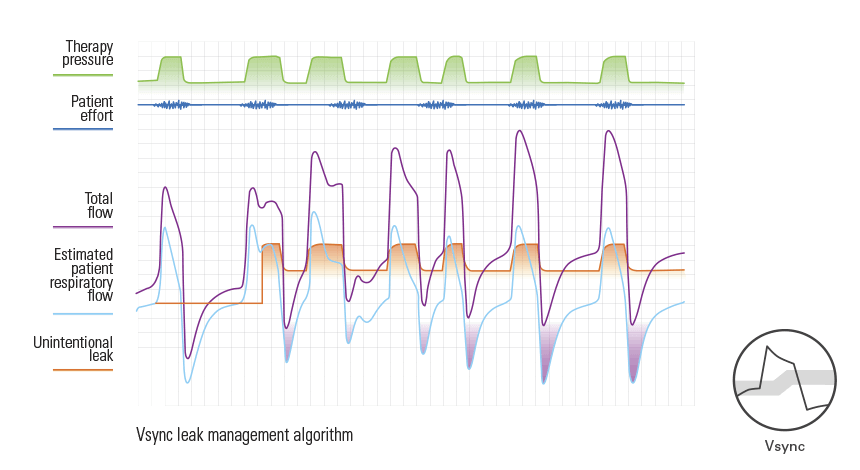
Setting your patient up on a ventilator with ResMed's Pathology Defaults feature is fast, easy and streamlined.
You can choose from a list of pre-set values that are grouped together according to specific disease states and lung mechanics, such as:
Choosing from pre-set values helps you quickly set up the ventilator with clinically acceptable parameters for your patient's disease state, and then allows you to fine-tune the pressure settings required for each individual patient.
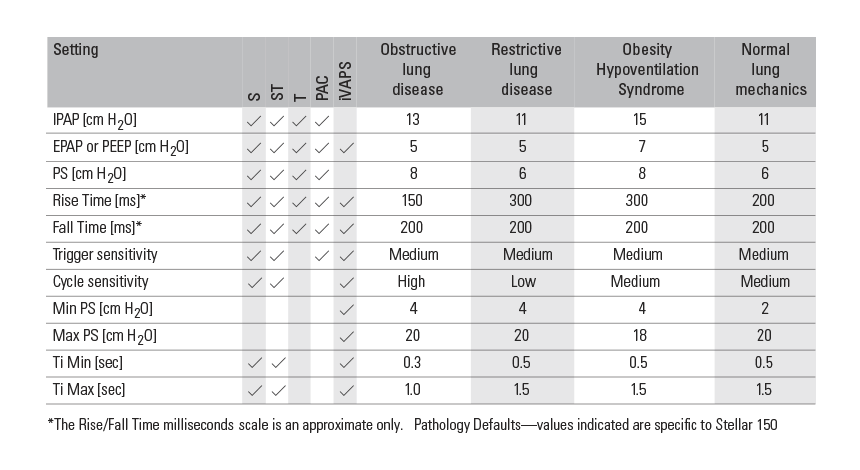
If you select 'Obstructive lung mechanics' from Pathology Defaults, for instance, your default settings will be:
You can then fine-tune the IPAP, EPAP and rise time as required and your patient is ready to start therapy.